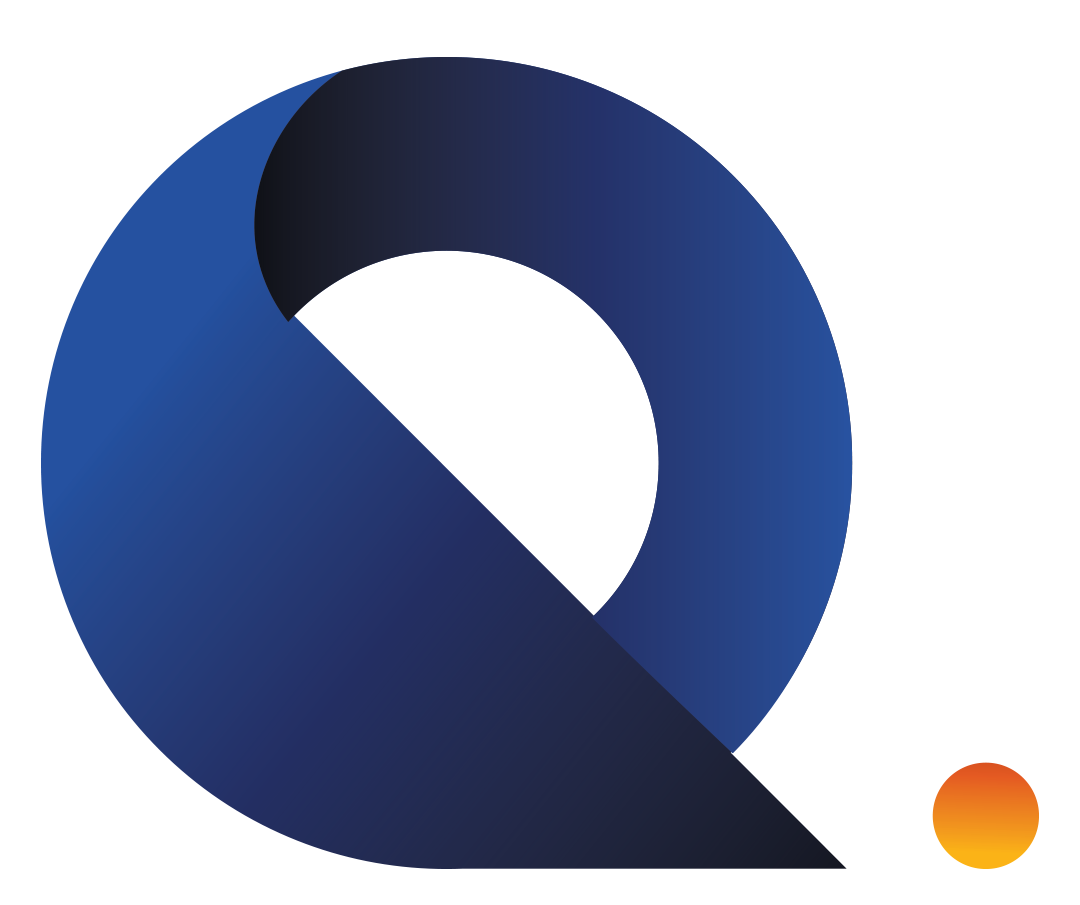Sequential Progression in Project Management
The Waterfall methodology, often called the Waterfall model, is a structured approach to project management characterized by sequential development phases. Each phase of the project, such as analysis, design, development, and testing, is completed before moving on to the next phase, resembling the steady flow of a waterfall.
Table of Contents
Toggle
Key Principles of Waterfall Methodology:
- Sequential Progression: The Waterfall model follows a step-by-step progression, where each phase is completed linearly. This ensures that all requirements are thoroughly understood and addressed before moving forward.
- Comprehensive Planning: Success in the Waterfall method hinges on comprehensive upfront planning. This includes documenting all project aspects, such as user interface, user stories, and feature variations, to minimize ambiguity and ensure clarity.
- Fixed Parameters: Waterfall projects rely on fixed parameters, including dates, requirements, and outcomes. Changes during the project are less accommodated compared to Agile methodology, making it crucial to define requirements accurately from the outset.
Stages of the Waterfall Process:
- Requirements: This initial phase focuses on gathering and understanding project requirements. A detailed document outlines the project scope, costs, risks, timelines, and success metrics.
- Design: Following requirements analysis, the design phase involves creating a technical solution. This includes both high-level and detailed designs, encompassing project scope, component flow, and integration points.
- Implementation: With designs finalized, technical implementation begins. Programmers code applications according to specifications, with limited testing and validation during this phase.
- Verification or Testing: Before deployment, thorough testing ensures the absence of errors and adherence to requirements. Test cases are derived from design documents to validate the software’s functionality.
- Deployment and Maintenance: The software is deployed to users upon successful testing. The maintenance phase follows, addressing defects and incorporating user feedback through updates and new releases.
Who Should Use the Waterfall Model?
The Waterfall model is suitable for projects with clearly defined requirements, predictable outcomes, and minimal anticipated changes in scope. Project managers prioritizing structured processes and project delivery certainty often opt for the Waterfall approach.
How to Decide Between the Waterfall and Agile Methods for Your Project?
Choosing the appropriate project management methodology is crucial for the success of any project. Both the Waterfall and Agile methods offer distinct approaches, each with its advantages and limitations. Here are some factors to consider when deciding between the two:
- Project Requirements: If your project has well-defined, stable requirements from the outset, Waterfall may be suitable. However, if requirements are expected to evolve or are unclear, Agile might be a better fit.
- Flexibility Needs: Assess how much flexibility your project requires. Waterfall follows a rigid, sequential process, whereas Agile allows for iterative development and adaptation to changing requirements.
- Client Involvement: Determine the level of client involvement throughout the project. Waterfall typically involves less client participation until the later stages, while Agile encourages continuous collaboration and feedback.
- Time Sensitivity: Consider the project timeline and urgency. Waterfall may provide clearer timelines and milestones upfront, whereas Agile offers quicker delivery through iterative cycles.
- Team Expertise: Evaluate your team’s experience and comfort with each methodology. Waterfall requires thorough upfront planning and documentation, while Agile relies on adaptability and collaboration.
Ultimately, the decision between the Waterfall and Agile methods should be based on a thorough assessment of your project’s specific needs, constraints, and objectives. By carefully evaluating these factors, you can choose the methodology that best aligns with your project goals and maximizes the likelihood of success.
Contact us at info@quantive.llc or +1 (866) 266-9094 and let’s redefine project management together.
Further Reading:






